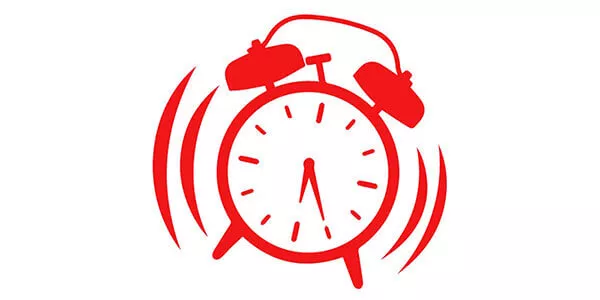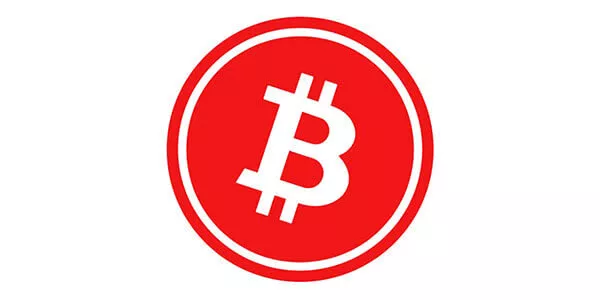
3 - This too shall Passive
The euphoria following vaccine announcements fades as the new normal looks a lot like the old one - except with even higher debt, slower growth, higher taxes and poorer productivity gains. A Darwinian corporate landscape favours active managers.
Consensus view: Ever since the Great Financial Crisis, the greatest single force at work in global markets has been monetary policy in the form of slashed interest rates and a deluge of liquidity via quantitative easing. This has acted as a rising tide lifting all boats and has increased correlation between not just individual stocks but entire asset classes. Therefore, it has directly limited the ability to generate alpha for the selectors of individual securities. Over the last decade, research from S&P states that 89% of large-cap US funds, 84% of US midcap funds and 89% of US small-cap funds underperformed their respective passive benchmarks. This is not just a developed-market phenomenon; emerging market funds have produced similar results, destroying the myth that active management excels in so-called “inefficient” markets with information asymmetry. Similarly, 97% of high-yield and investment-grade long funds fell short of their benchmarks over the decade too. As a result, conventional wisdom is now for investors to consider passive implementation as a default starting point.
What the market is not pricing in: While historically loose monetary policy regimes remain in place, the Coronavirus pandemic has been a gamechanger for the corporate landscape. We enter 2021 with far more optimism than clarity, and company earnings calls suggest caution on what lies ahead with wide latitude on actual earnings. Furthermore, with companies having rushed to raise precautionary cash by issuing more debt, there are now deeper vulnerabilities to interest rate changes. The picture becomes murkier still should any of the huge optimism prove misplaced: vaccine production or logistics may break down; huge debt in the face of tepid “return to normality” may become an albatross. A Darwinian corporate landscape may well emerge. This environment would be the perfect storm for active managers to rediscover their mojo.
Potential market reaction: The euphoria following vaccine announcements fades as the new normal looks a lot like the old one except with even higher debt, slower growth, higher taxes and poorer productivity gains. Investors become more discerning in equity and debt allocations, not rewarding or punishing in wide arcs as has been the recent trend. Companies are increasingly viewed case-by-case, with a large weighting being given to individual balance sheet strength and strategic position.
Our positioning: In typical funded portfolios across the core flagship strategies, KH portfolios tends to split equally between passive and active implementations. In the US equity market, our largest single position over the last few years was a passive one. This has been one driver of our top quartile performance. Nonetheless, we are well aware that nothing lasts forever. Our two most recent moves – an increase to Japanese equities and an increase in EM equities – have both been to active implementation with managers in whose process and style we have high conviction. We will always seek to implement our views through vehicles that are best suited to the purpose we wish to achieve. We are happy to pay for active management when it makes sense to do so; but are equally comfortable in the passive space given its low cost, liquidity and breadth.
Chart 3: Forward Earnings per Share rebased to 100 from March 2009
2009 - November 2020

Source: Kleinwort Hambros, Bloomberg, MSCI Data

Life goes back to normal quickly, leading money velocity, employment, aggregate demand and consumer confidence to rise...

The UK equity market outperforms the US market for the first time in years; 2021 becomes an excellent time to have...

Eurozone breakup fears re-emerge, and this time it’s not the UK .

Bitcoin hits $100,000 in value as the market acknowledges it as a real currency that can no longer be ignored.